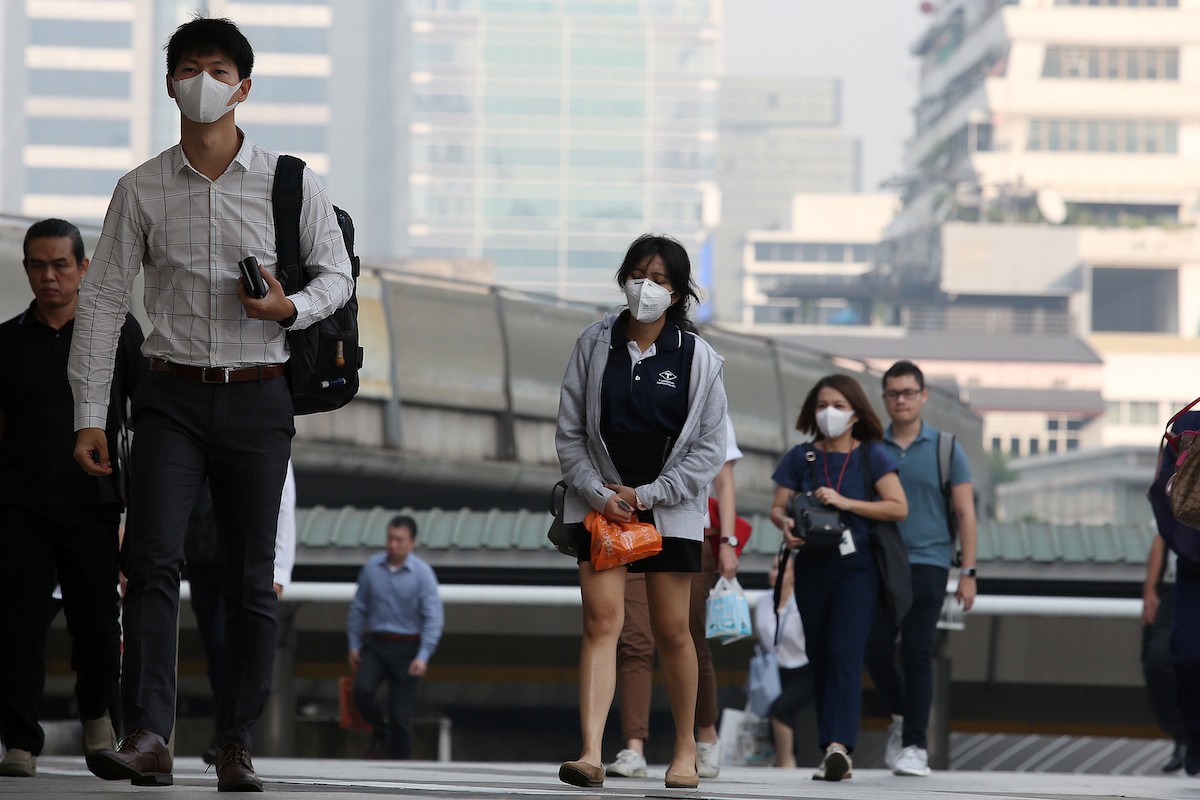Clean air campaigners this week have staged an exhibition showing how industrial-scale cultivation of maize for animal feed is contributing to haze pollution in Thailand.
In a Radio Free Asia report, Rattanasiri Kittikongnapang of Greenpeace said the exhibition aimed to “show the link between transboundary air pollution in the lower Mekong region and industrial-scale cultivation of maize by big corporations.”
Titled “Hazibition,” the exhibition on haze pollution started on May 23 at the Bangkok Art and Culture Center. Organizers said it is an attempt to expose the culprits behind the air pollution in the country.
“We have been suffering from haze pollution for more than 15 years without any clear action from the government to deal with the problem. So, we don’t want this year to be another year of suffering,” said Rattanasiri.
Some areas in northern Thailand, including the city of Chiang Mai, have experienced “the worst toxic haze pollution in years” in March and April. Chiang Mai was named one of the “most polluted cities in the world,” ranking for weeks.
In some areas, it was 16 times worse than healthy levels. Over 2 million Thais experienced health issues due to haze, according to public health officials.
Thailand is among the world’s largest animal feed producers, as well as one of the largest pork and poultry producers globally. Maize is the primary ingredient, making up more than a third of the animal feed.
According to Greenpeace, 1.7 million hectares were converted from forest to maize cultivation plantations for animal feed in the lower Mekong region between 2015 and 2019.
Thailand’s forest cover has decreased from 7.68 to 6.08 million hectares in two decades while the area under maize cultivation increased four times to 384,000 hectares.
Greenpeace said it is still working on this year’s data on smog to determine how much air pollution can be attributed to maize cultivation.
Rattanasiri added that the haze problem in Thailand “is 50 years in the making, with the Thai government encouraging a policy that benefitted the meat industry solely to expand their business and influence in the sub-Mekong region,” which is the main cause of deforestation.
“We want the government to take some tangible action, and we want people to pressure the government to go after the culprits – the big corporations responsible for maize cultivation,” she said.
In 2022, Thailand imported maize for animal feed, totaling U.S. $382 million, the second largest import by value after electricity.
According to a 2022 Greenpeace analysis, air pollution was behind approximately 29,000 deaths in Thailand, exceeding those from road accidents, drug use, and homicide combined. – with reports from Radio Free Asia







